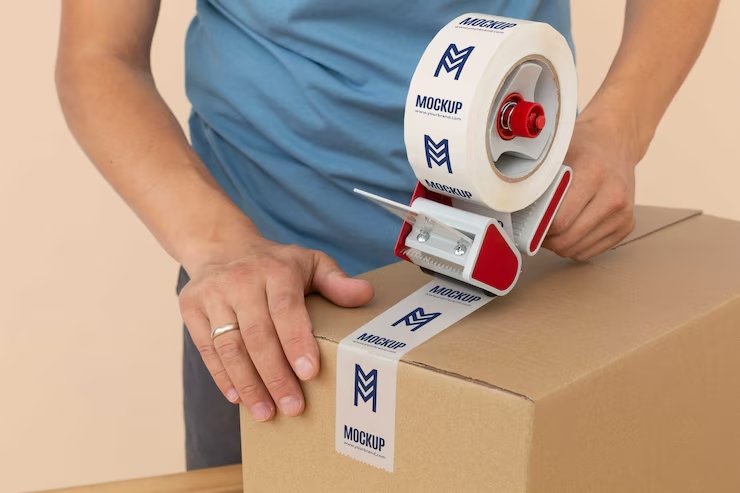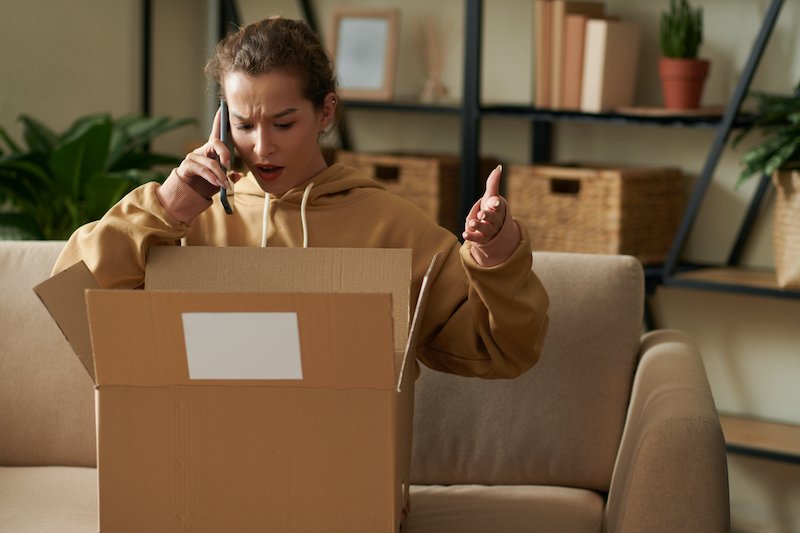In the fast-paced world of e-commerce, ensuring that products arrive at customers’ doorsteps in perfect condition is paramount. Shipping damage not only leads to customer dissatisfaction but can also result in increased return rates and additional costs. Implementing effective packaging strategies is essential to mitigate these risks.
Understanding the Importance of Proper Packaging
The journey from warehouse to customer involves multiple handling stages, each posing potential risks to product integrity. Without adequate protection, items are susceptible to impacts, vibrations, and environmental factors that can cause damage. Therefore, investing in robust packaging is crucial to safeguard products during transit
Selecting the Right Packaging Materials
Choosing appropriate materials is the first step in preventing shipping damage. High-quality, double-walled corrugated boxes provide strength and durability, reducing the likelihood of crushing. For fragile items, incorporating foam inserts, bubble wrap, or air pillows can offer additional cushioning to absorb shocks. It’s essential to match the packaging material to the product’s fragility and weight to ensure optimal protection.
Implementing Proper Cushioning Techniques
Cushioning plays a vital role in preventing damage by absorbing shocks and vibrations during transit. Materials like foam inserts, packing peanuts, and crumpled paper can fill voids within the box, preventing movement and minimizing impact. For extremely delicate items, consider double-boxing, where the product is placed in a smaller box with cushioning and then placed inside a larger box with additional padding. This extra layer provides enhanced protection against external forces.
Proper Sealing and Labeling
Ensuring that packages are securely sealed is essential to prevent them from opening during transit. Using high-quality packing tape to seal all seams and edges can reinforce the box’s integrity. Additionally, labeling packages with “Fragile” or “Handle with Care” stickers alerts carriers to exercise caution, reducing the risk of mishandling.

Conducting Test Shipments
Before shipping products in bulk, conducting test shipments can help identify potential weaknesses in packaging. By simulating the shipping process, businesses can observe how packages withstand handling and transit conditions. This proactive approach allows for adjustments to packaging methods, ensuring better protection for future shipments.
Utilizing Technology for Monitoring
Incorporating technology can provide real-time insights into the condition of packages during transit. Devices like shock indicators and GPS trackers can monitor impacts and track the location of shipments. This data helps in identifying areas where damage may occur and allows businesses to take corrective actions promptly.
Educating and Training Staff
Proper training of warehouse and shipping personnel is crucial in maintaining packaging standards. Educating staff on the importance of correct packaging techniques and the use of appropriate materials ensures consistency and reduces errors. Regular workshops and updates on best practices can keep the team informed and vigilant.
Considering Environmental Factors
Environmental conditions such as temperature fluctuations and humidity can affect certain products during transit. For sensitive items, using insulated packaging or temperature-controlled containers can help maintain product integrity. Additionally, selecting materials that are resistant to moisture can prevent damage caused by damp conditions.
Offering Packaging Options to Customers
Allowing customers to choose their preferred packaging can enhance satisfaction and reduce complaints. Providing options such as eco-friendly packaging or gift wrapping caters to diverse customer preferences and can differentiate a business in a competitive market.
Continuously Reviewing and Improving Packaging Strategies
The e-commerce landscape is dynamic, and so are the challenges associated with shipping. Regularly reviewing packaging strategies and staying updated with industry trends can help businesses adapt to new challenges. Seeking feedback from customers and monitoring damage reports can provide valuable insights for continuous improvement.
Conclusion
Preventing damage during e-commerce deliveries requires a comprehensive approach that encompasses selecting the right materials, implementing proper cushioning, and continuously evaluating packaging strategies. By prioritizing product protection, businesses can enhance customer satisfaction, reduce return rates, and build a reputation for reliability. Investing in quality packaging is not just about protecting products; it’s about safeguarding the brand’s reputation and ensuring long-term success in the competitive e-commerce market.

Leave a Reply